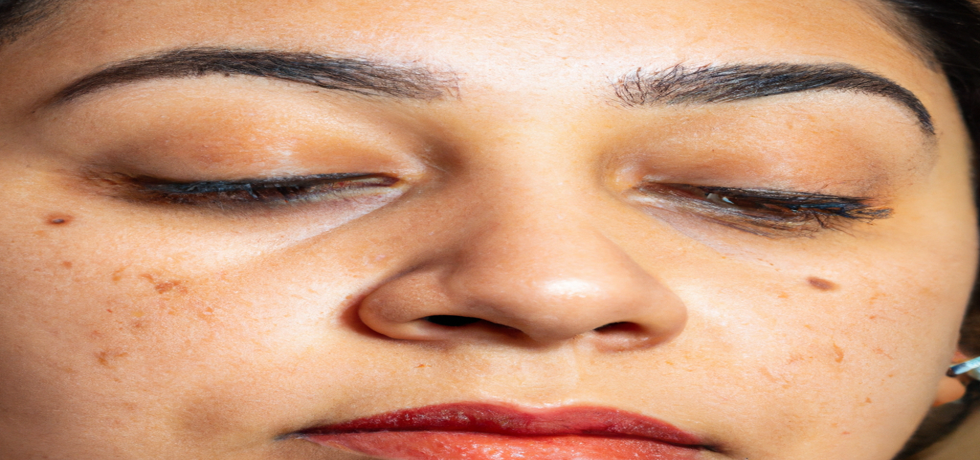
Unveiling Melasma: Signs & Solutions
Understanding Melasma
Are you noticing brown or grey patches appearing on your skin, especially on your face, neck, or arms? This could be a sign of melasma, a common skin condition that many individuals face. While it may not pose health risks, melasma can be distressing due to its impact on your appearance. Recognizing the signs of melasma is essential to seeking the right treatment and regaining your confidence.
Signs of Melasma
The most prominent signs of melasma are the symmetrical brown or greyish-brown patches on the skin. Typically, these patches may appear on both sides of the face, primarily affecting areas like the cheeks, forehead, chin, and bridge of the nose. Although melasma generally doesn’t cause itching or pain, the cosmetic concern it raises can lead to emotional distress. Understanding these signs can help you determine whether you are experiencing this skin condition, and in turn, decide if you should consult with a dermatologist for a professional diagnosis.
How is Melasma Diagnosed?
Diagnosing melasma typically involves a thorough visual examination by a dermatologist. During the consultation, the specialist will assess your skin’s characteristics and look for those tell-tale patches. In some cases, a Wood’s lamp may come into play. This special lamp reveals how the melasma appears under ultraviolet light, allowing your dermatologist to chart out the depth and extent of the pigmentation. This crucial step can significantly influence the chosen treatment plan for melasma and enhance your skin care regimen.
Effective Solutions for Melasma
While there’s no one-size-fits-all solution for melasma, various treatment options are available. These may include topical treatments such as creams that help to brighten the skin, and procedures like chemical peels or laser treatments. Additionally, integrating sunscreen into your daily routine is crucial, as sun exposure can aggravate melasma. Staying proactive with your skin care by minimizing sun exposure could potentially prevent future melasma flares. Engaging with a dermatologist at a reputable clinic like The Skin Artistry can help you find the tailored solutions your skin needs.
Conclusion: Taking Action Against Melasma
If you suspect that you’re experiencing melasma, its vital to take action. Consult with a qualified dermatologist who can provide tailored advice and possible treatment options that suit your specific needs. Whether it’s understanding your skin better or exploring effective melasma treatment options, The Skin Artistry is here to guide you on the journey towards healthier, clearer skin. Remember, you’re not alone in this fight against melasma!
Frequently Asked Questions
Q: Can melasma go away on its own?
A: In some cases, melasma may fade on its own, particularly if it is triggered by hormonal changes during pregnancy or contraceptive use. However, it often requires treatment for significant improvement.
A: In some cases, melasma may fade on its own, particularly if it is triggered by hormonal changes during pregnancy or contraceptive use. However, it often requires treatment for significant improvement.
Q: Is melasma the same for everyone?
A: No, the pattern and intensity of melasma can vary based on individual skin types and genetic factors.
For professional assistance and expert advice from leading dermatologists like Dr. Hital Patel, experience the benefits of Unveiling Melasma: Signs & Solutions with Hair & Skin Specialist Dr. Hital Patel at The Skin Artistry. Our clinics in PDPU Gandhinagar, Vastrapur Ahmedabad, and Hyderabad (Visiting Consultant) offer top-quality care and personalized treatments. Visit us today to learn more about our services and take advantage of our special offers! For more insights, updates, or to collaborate, stay connected with The Skin Artistry.

